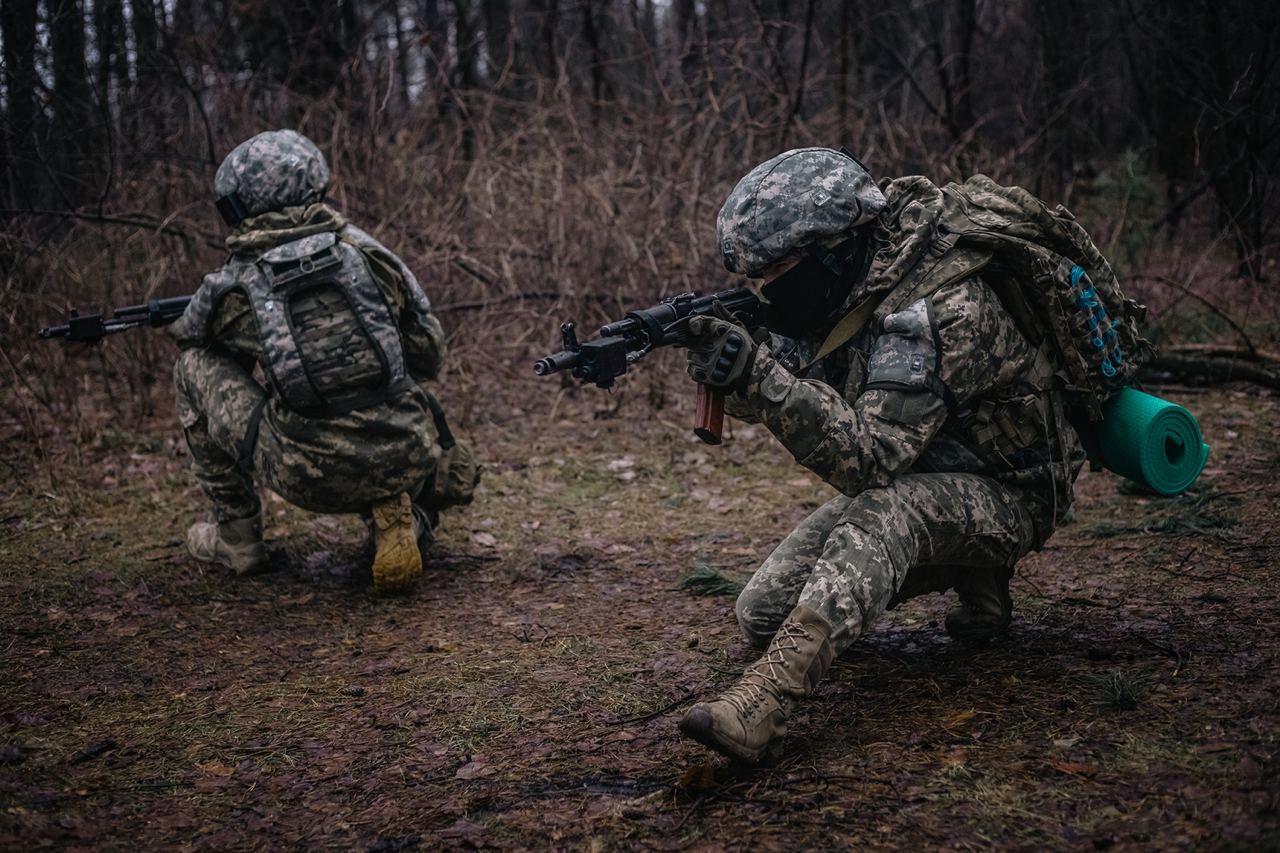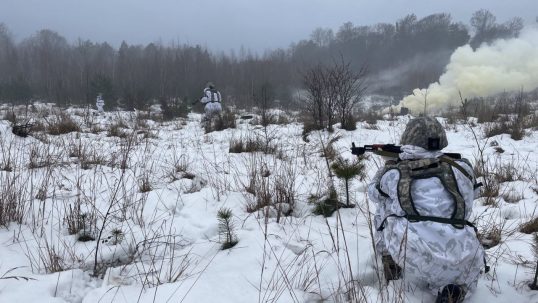
In the world of contemporary military affairs, special attention is paid to new directions in military tactical training. Considering recent and ongoing wars in the Ukraine and the Middle East, fundamentally new battlefield problems are identified. These problems are no longer solved theoretically or by the book on tactical training; the best solution is training under conditions closely resembling combat. In this article, we will explore the main trends shaping the modern image of military tactical training from SKIFTECH.
Command System

On today’s battlefield, more coordinated forces prevail over a large front. This can be achieved not only by numerical superiority in manpower, armored vehicles, and artillery but also by correct actions in reconnaissance, planning, and unit management during combat operations.
SKIFTECH tactical training systems address the issue of quality tactical training for the command staff. During tactical training with SKIFTECH equipment, the command staff can improve their management skills in the following actions:
- Operation planning and organization;
- Operation stage determination;
- Duty distribution;
- Route planning for group approach and withdrawal;
- Actions when encountering the enemy;
- Operation failure and group retreat;
- Operation success and group evacuation.
Aerial Correction

Another trend in military training is the use of drones during tactical exercises with SKIFTECH equipment. Today, drones are used in combat to correct the movement of infantry during offensive or defensive operations. Command staff receives real-time imagery from aerial heights, allowing them to make quick decisions based on current data on enemy positions and movements.
Let’s look at examples of how surveillance drones can be used during tactical training:
- Drones are used to gather information before training, helping commanders obtain images of the area, enemy positions, and obstacles for better planning.
- During training, drones allow military personnel to observe and adjust the actions of participants from above. After training, recordings can be analyzed to identify errors in strategy.
- Drones are used to adjust fire support during tactical exercises. Commanders can determine the location of enemy targets in real-time and indicate where simulators of artillery, grenade launchers, or mortars should strike.
Psychological Stress Simulation

Another new trend is the simulation of stressful situations and increased attention to the psychological preparation of military personnel. SKIFTECH systems for simulating bilateral fire contact can be used in Dry-Fire mode or with blank rounds. This allows:
- Increasing realism: Tactical simulators simulate real situations on the battlefield. Blank rounds and pyrotechnics reproduce the sounds of gunfire, explosions, and other aspects of combat, allowing military personnel to immerse themselves in a realistic environment.
- Creating stressful conditions: During training, military personnel experience stressful conditions similar to those encountered on a real battlefield. They learn to make decisions, react to danger, and act in conditions of uncertainty, but without real-life threats.
- Training reaction and reflexes: During simulations, military personnel must react to laser hits using a stress belt. This device signals hits on the soldier with electronic impulses. Using the stress belt helps develop reaction speed, shooting accuracy, and attention to detail.
Today, it is already clear what trends influence the tactical training of the future. SKIFTECH training systems meet new requirements for tactical training, providing realism in unit management in real-time and simulating stressful situations on the battlefield. With the use of blank rounds, tactical simulators allow military personnel to acquire skills in decision-making, reacting to danger, and effectively conducting combat operations. Another trend in military training is the use of drones during tactical exercises with SKIFTECH equipment. Thus, SKIFTECH systems open up new opportunities for military training, helping them develop important skills in safe and controlled training conditions.

